Clouds
| Clouds on Venus.
The cover the entire planet. Temperatures on the surface of Venus approach 475 °C, and the atmospheric pressure is 93 times what you experience here on Earth Clouds consist of sulfur dioxide and drops of sulfuric acid. | 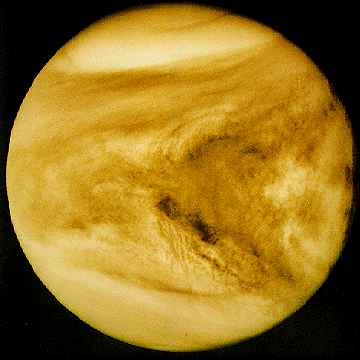
|
| Clouds on Earth | 
|
| Clouds on Mars.
Over the poles, these consist of CO2, over the equator they are made of water ice. | 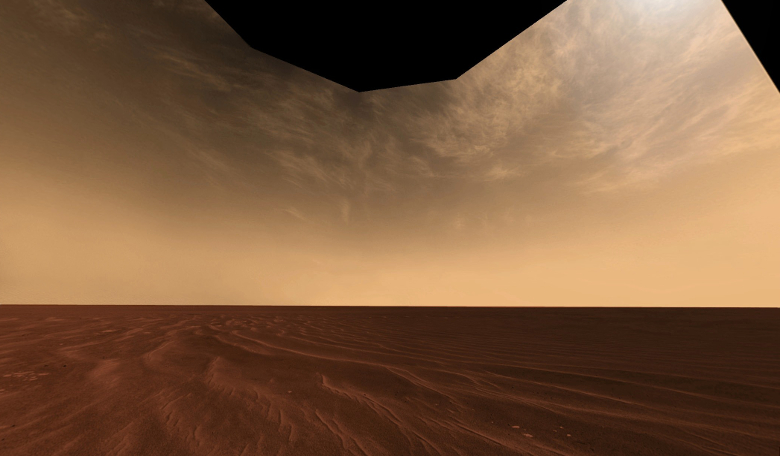
|
| Clouds on Jupiter.
The great red spot is a storm that has been raging for at least 350 years. At one level there are clouds of ammonia, at another level there are clouds made of ammonia and sulfur, and at a third level there are clouds of water |
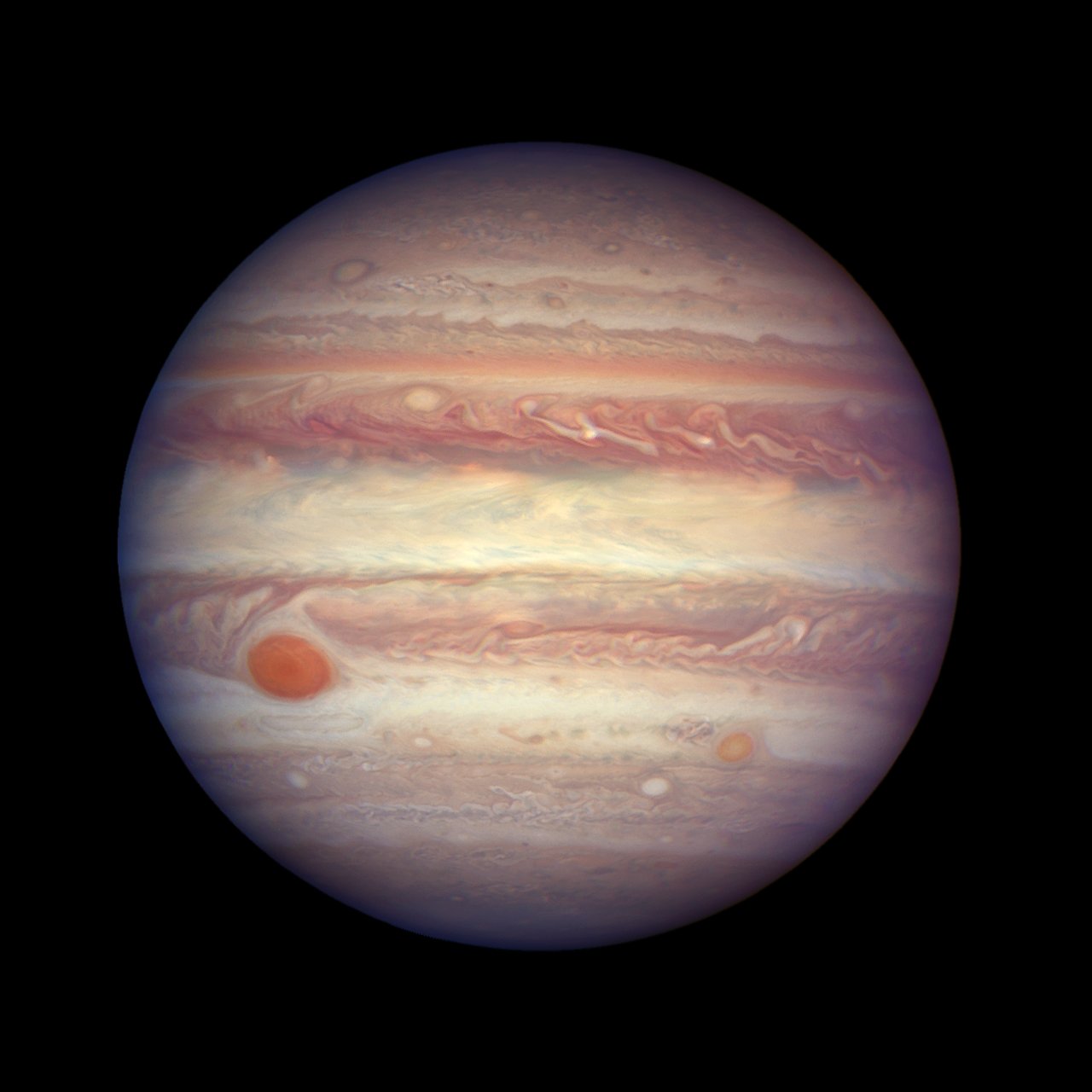
|
| Clouds on Saturn
Each side of the hexagon is over 8000 miles long |
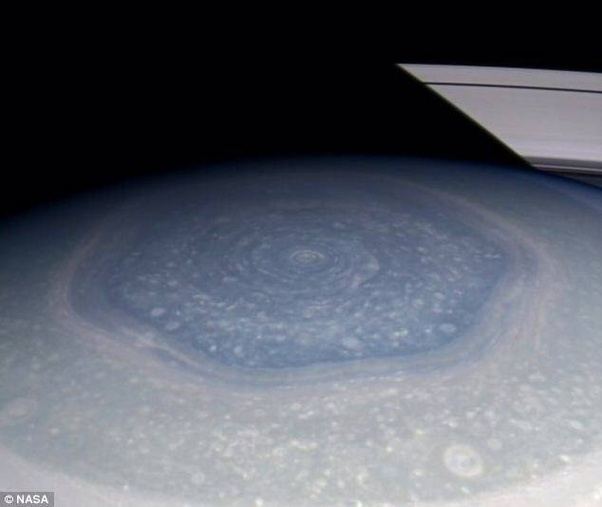
|
| Clouds on Uranus Icy planet may have towering methane cloud, expert says. |

|
Clouds on Neptune
Molecular hydrogen: 80 percent
Helium: 19 percent
Methane 1.5 percent
Hydrogen Deuteride: 192 parts per million
Ethane: 1.5 parts per million
methane clouds to condense in the highest layers of the atmosphere. Scientists think that clouds made up of ammonia and hydrogen sulfide exist at higher pressures. Farther down, clouds of hydrogen sulfide, ammonium sulfide, ammonia, and water could exist. Clouds of water-ice may be found at pressures of 50 bars, with clouds of hydrogen sulfide and ammonia beneath them. winds of 1,305 miles per hour (2,100 km per hour), Neptune's atmosphere is composed predominantly of hydrogen and helium, with traces of methane to create the bluish color. Unlike the terrestrial planets, Neptune and the other gas giants still hold much of the atmosphere they had at their formation. Temperature and pressure shift at different heights. The average temperature at the top of the cloud tops is -346 degrees Fahrenheit (minus 210 degrees Celsius). |

|
| Clouds on Pluto.(-229°C on its surface)Molecules like methane help create the haze |
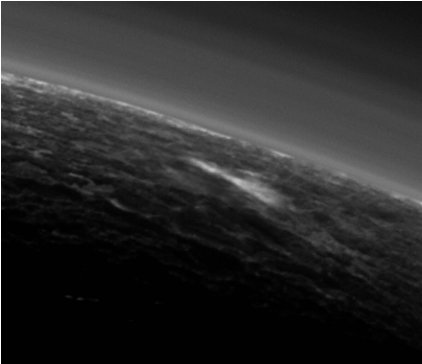
Hubert van Hecke Last modified: Wed Oct 4 22:00:03 MDT 2017 |